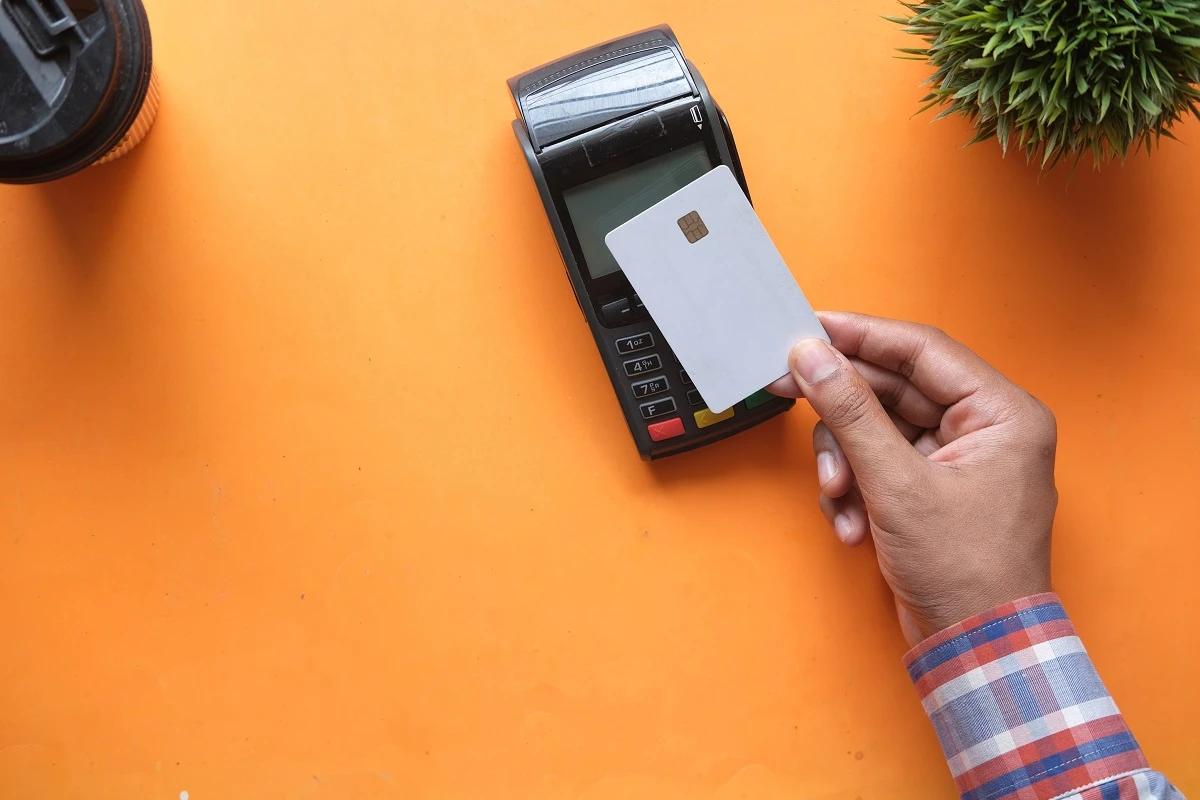The way we pay for goods and services is undergoing a dramatic transformation. Cash and credit cards are slowly being eclipsed by a wave of futuristic payment solutions that are faster, more secure, and more convenient than ever before. This article explores the exciting world of emerging payment technologies, from contactless payments to digital wallets and even cryptocurrency.
Evolution of Payment Methods
Over the years, payment methods have undergone a remarkable evolution, driven by technological advancements and changing consumer preferences. In the early days, transactions relied heavily on physical currency, with coins and banknotes serving as the primary means of exchange. However, as societies became more interconnected and commerce expanded beyond local markets, the need for more efficient and secure payment solutions emerged.
The introduction of checks in the late 17th century marked a significant milestone in the evolution of payment methods. Checks provided a convenient way for individuals and businesses to transfer funds without the need for physical cash. This paper-based system laid the foundation for future innovations in electronic payments, paving the way for the development of credit cards, debit cards, and other electronic payment methods that would revolutionize the way we conduct transactions.
Blockchain Technology: Revolutionizing Payments
Blockchain technology has emerged as a revolutionary force in the realm of payments, offering unprecedented security, transparency, and efficiency. Here’s how blockchain is transforming the way we handle transactions:
- Immutable Ledger: One of the key features of blockchain technology is its immutable ledger, which records all transactions in a transparent and tamper-proof manner. Each block in the chain contains a cryptographic hash of the previous block, creating a secure and verifiable record of all transactions.
- Decentralization: Unlike traditional banking systems that rely on centralized authorities to validate transactions, blockchain operates on a decentralized network of nodes. This decentralization eliminates the need for intermediaries, reducing costs and minimizing the risk of fraud or manipulation.
- Cryptographic Security: Blockchain utilizes advanced cryptographic techniques to secure transactions, ensuring that sensitive financial data remains protected from unauthorized access or tampering. Public-key cryptography enables users to securely send and receive funds without revealing their private keys.
- Smart Contracts: Smart contracts are self-executing contracts with the terms of the agreement directly written into code. These programmable contracts automatically enforce the terms of the agreement, eliminating the need for intermediaries and streamlining the payment process. Smart contracts enable automated payments based on predefined conditions, reducing the need for manual intervention.
By harnessing the power of blockchain technology, payment systems are undergoing a profound transformation, offering users greater security, efficiency, and accessibility than ever before. As blockchain continues to evolve, its potential to revolutionize the way we handle payments and financial transactions is virtually limitless.
Cryptocurrency: The Future of Money
Cryptocurrency represents a groundbreaking shift in the way we perceive and utilize money. Here’s a closer look at why cryptocurrency is widely regarded as the future of money:
- Decentralization: Unlike traditional fiat currencies that are controlled by governments and financial institutions, cryptocurrencies operate on decentralized networks based on blockchain technology. This decentralization eliminates the need for intermediaries, giving users greater control over their finances and reducing the risk of censorship or manipulation.
- Security and Privacy: Cryptocurrencies offer enhanced security and privacy compared to traditional payment methods. Transactions are encrypted and recorded on a public ledger, making them resistant to fraud and tampering. Additionally, users have greater anonymity when conducting transactions, as cryptocurrency addresses are not directly linked to personal identities.
- Borderless Transactions: With cryptocurrency, individuals can send and receive funds across borders with ease, bypassing the limitations and fees imposed by traditional banking systems. This borderless nature of cryptocurrency facilitates international trade and remittances, empowering individuals to participate in the global economy without restrictions.
As the adoption of cryptocurrency continues to grow and evolve, its impact on the global financial landscape is becoming increasingly profound. While challenges such as regulatory uncertainty and scalability issues remain, the potential of cryptocurrency to reshape the future of money cannot be ignored.
Biometric Payment Systems
| Advantages | Challenges | Applications |
| Enhanced Security | Privacy Concerns | Retail Payments |
| Convenience | Technical Complexity | Healthcare Transactions |
| Fraud Prevention | Integration Issues | Banking and Finance |
Biometric payment systems leverage unique biological characteristics, such as fingerprints, iris patterns, or facial features, to authenticate users and authorize transactions. Here’s a breakdown of the key aspects of biometric payment systems:
- Enhanced Security: Biometric authentication offers a higher level of security compared to traditional PINs or passwords, as biometric identifiers are unique to each individual and difficult to replicate.
- Convenience: With biometric payment systems, users no longer need to remember passwords or carry physical cards, making transactions more convenient and hassle-free.
- Fraud Prevention: Biometric authentication helps prevent fraudulent transactions by ensuring that only authorized users can access funds or make purchases.
As biometric technology continues to evolve and become more widespread, its role in payment systems is poised to grow, offering users a secure, convenient, and frictionless way to conduct transactions. However, addressing privacy concerns and overcoming technical challenges will be critical to ensuring the widespread adoption and success of biometric payment systems.
Internet of Things (IoT) and Payments
The Internet of Things (IoT) is revolutionizing the way we interact with everyday objects, and its impact on payment systems is profound. With IoT devices becoming increasingly interconnected, they are creating new opportunities for seamless and frictionless payment experiences. For example, smart appliances equipped with payment capabilities can automatically reorder groceries or pay for utility bills when supplies are running low, eliminating the need for manual intervention.
Moreover, IoT-enabled wearables, such as smartwatches and fitness trackers, are empowering consumers to make payments conveniently from their wrists or other wearable devices. These devices leverage near-field communication (NFC) technology to securely transmit payment information to point-of-sale terminals, making transactions faster and more convenient. As IoT continues to proliferate across various industries, its integration with payment systems is poised to transform the way we shop, transact, and interact with the world around us.

